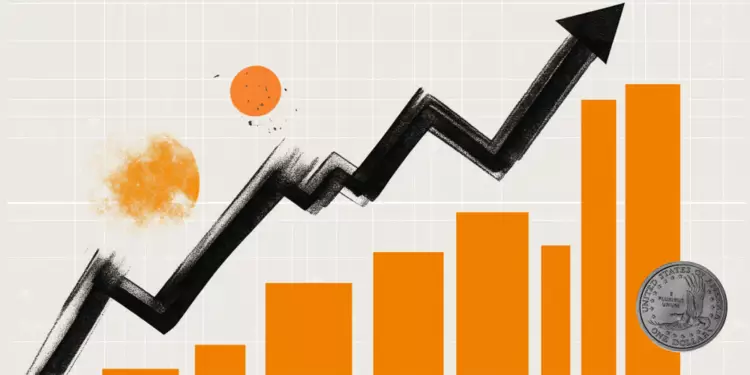The US Dollar continues to assert its strength in the face of looming global trade tensions, remaining steady above the 108.00 mark as traders prepare for a pivotal weekend. As tariff deadlines draw near, and with significant trade policy announcements expected, the currency’s stability reflects not only economic data but also political machinations that could redefine trade relationships globally.
Market Preparedness: Anticipation of Tariffs
Traders are strategically positioning themselves as the U.S. prepares to enact tariffs on Canada and Mexico, scheduled for implementation this Saturday. These measures are projected to create waves of volatility in global markets when they come into effect. The recent pronouncements from Press Secretary Karoline Leavitt underscore this urgency, reiterating February 1st as the critical date. This context sets the stage for a weekend fraught with uncertainty, which could influence currency markets when trading resumes.
These tariffs, set at 25% for Canada and Mexico and 10% for China, represent a continuation of a protectionist stance taken by the administration. Tariff strategies have historically resulted in countermeasures, escalating tensions and increasing the cost of living through higher import costs. This cycle of retaliation poses significant risks not just for participating nations but for the broader global economy.
In conjunction with these tariff implementations, President Trump has signaled a potential shift in international trade dynamics by threatening 100% tariffs on BRICS nations should they attempt to contest the US Dollar’s dominance by creating an alternative global currency. This strong rhetoric indicates a defensive posture towards the Dollar, emphasizing its importance in preserving U.S. financial status in international trade.
The geopolitical landscape is evolving, and Trump’s stance on tariffs against nations like China, which has been characterized by a tit-for-tat approach, reaffirms an aggressive strategy towards any perceived economic threats. Tensions between the U.S. and China, which intensified during Trump’s initial term due to claims of unfair trade practices, are set to re-emerge. This renewed strife may bring about significant changes in global trade norms.
Steady Economic Indicators: A Mixed Outlook
Despite the uncertainty stemming from tariff-related policies, economic indicators present a narrative of stability for the U.S. economy. The recently released Personal Consumption Expenditures (PCE) inflation data for December revealed a manageable increase of 0.2% month-over-month, consistent with prior expectations. Notably, core PCE, which excludes volatile items, inched up by 0.3%, indicating stable price pressures. Such data fortifies the notion that the Federal Reserve is inclined to maintain a measured approach to its policy adjustments, alleviating fears of immediate rate hikes.
Moreover, the January Chicago Purchasing Managers’ Index (PMI) reflected slight improvements, registering at 39.5, up from December’s 36.9, albeit still below expectations. The mixed signals provided by these economic indicators mirror the cautious sentiment prevalent in the markets. Personal income and spending figures also showed positive growth, with respective increases of 0.4% and 0.5% in December, underscoring the resilience of American consumers.
As we look ahead, several critical factors will shape the trajectory of the U.S. Dollar and its position in the international arena. The US Dollar Index (DXY) is hovering close to 108.50, indicating potential resistance as the market digests the implications of imminent trade tariffs. Currently exhibiting mixed momentum characteristics, with indicators like the Relative Strength Index suggesting caution around the 50 mark, market participants are advised to remain vigilant.
Any unexpected developments regarding tariffs could lead to heightened volatility, reshaping both the U.S. market landscape and the broader economic environment. The interplay of political decisions, existing economic data, and global trade relations will remain central themes as traders navigate through this intricate web of uncertainty.
Ultimately, the path forward for the U.S. Dollar is fraught with risks and opportunities, rooted in both economic fundamentals and geopolitical maneuvers. A steadfast eye on upcoming announcements and trade negotiations will be crucial for those looking to understand the direction of the Dollar and the global economy at large.

